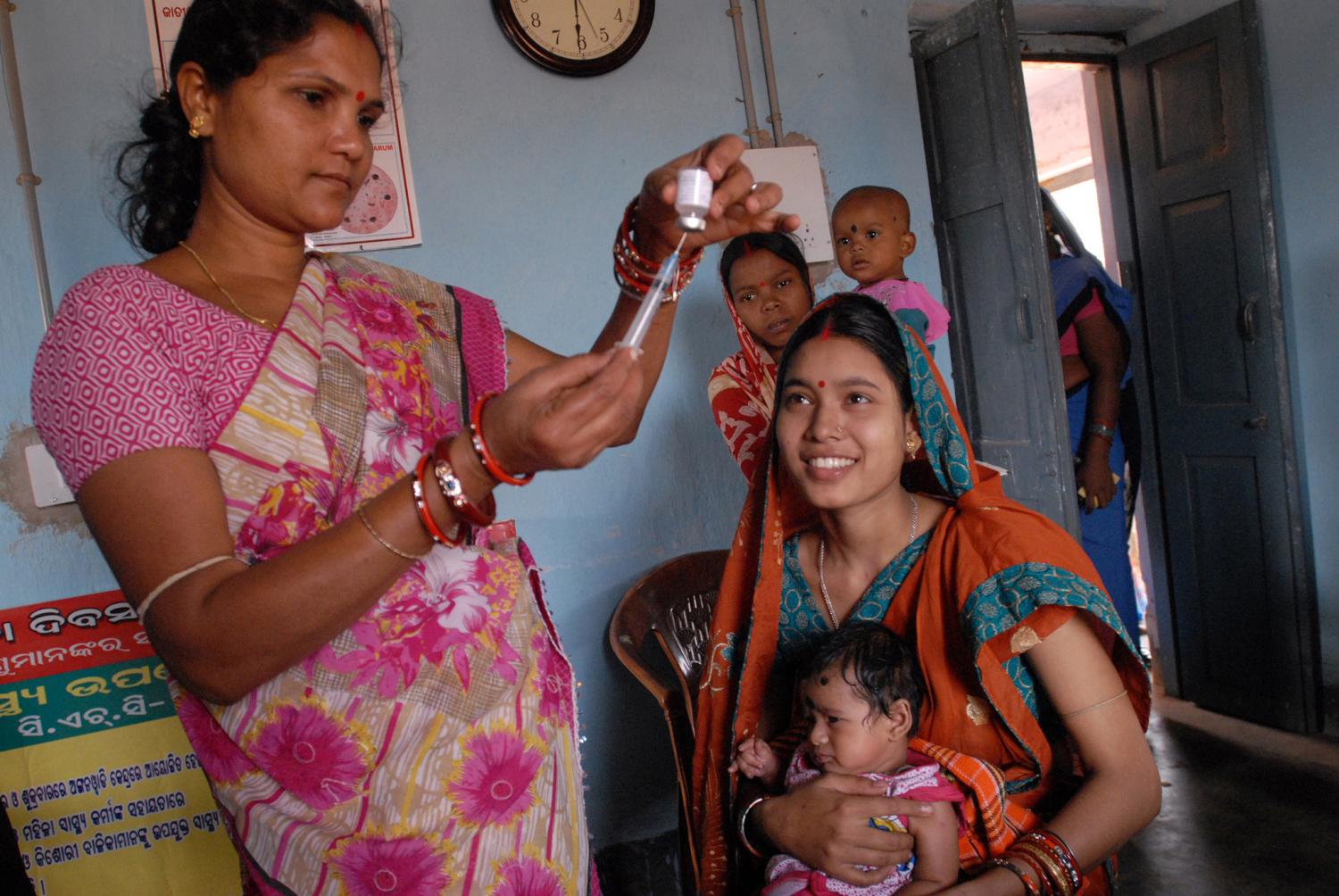It has been dubbed the world’s biggest experiment in universal health care.
Last Sunday, India launched its A$2.2 billion universal health care plan that was promised in the budget earlier this year. It gives 100 million of its poorest people access to free health care to treat serious ailments.
In practice, each will get a budget of 500,000 rupees, or A$9500, worth of free health care. It is a huge amount of money by Indian standards, particularly for those lower down the socio-economic scale. At the same time, 150,000 small doctor's surgeries and community health centres will be upgraded and receive better resources, as well as more government regulation.
The scheme, known officially as Ayushman Bharat or the National Health Protection Mission but more popularly as Modicare, will cover 1300 illnesses, including cancer and heart disease. It is an enormous undertaking and a huge financial commitment, particularly for a country that, to date, has a poor record for health spending.
It might come as little surprise that general elections are looming. Prime Minister Modi and his government face the polls next May. And as far as grand populist pitches go, a crack at fixing India’s desperately underfunded and broken health system is welcomed.
Just how bad is the state of health care in India?
On one hand, the private health care system is booming. Increasing numbers of private hospitals and clinics are springing up across the country, and standards can be very high, with technology and medical care at the upper end on par with the West. However, the public system is dire: government hospitals - which are free - are overburdened and under-resourced. Medications run out, wait times are long, and medical staff can be inefficient or worse.
The issue of substandard health care in India has been in the headlines this month, with a report in The Lancet finding that poor health care is responsible for an estimated 1.6 million deaths each year in India, the highest figure in the world. India spends just 1.4% of GDP on health care. By way of comparison, the US spends 8.3%, China 3.1% and Australia as much as 10.3%.
It is no surprise that Indians who can afford it go private. But that does not mean it is an affordable option. The risk of the high costs associated with treating major illnesses is serious, and the fear of financial annihilation goes hand in hand with the diagnosis of serous illness. Medical costs sometimes cause people to take on debilitating debts that linger for years, or force children out of school and into the workforce. The paucity of high-quality and affordable medical care means millions are deeply vulnerable to health shocks. It is not uncommon for Indians to receive an email or a crowdfunding request asking for contributions towards health care for a cancer-stricken relative.
Given the context, if Delhi can pull this one off, it has the potential to be an absolute game-changer.
To provide financial relief and upgraded health care to such a vast number of people will undoubtedly have wide-ranging economic and social benefits. Children will remain in school, family wealth will remain intact, and better health outcomes will be enjoyed by all.
But while there is enthusiasm, there is also concern and even scepticism. Many health officials say there is a huge need for India to invest in its primary health care systems as well as preventative measures, particularly as the country’s health burden is changing. For example, diabetes on the rise, however access to sporting and exercise facilities is limited.
There is also fear that this kind of large-scale populist measure simply won't work. Key to this is the question of just where the money will come from. The Indian government says it will be a combination of central and state funding, however it is not clear just how this will happen, nor whether other programs will be scaled back to fund Modicare.
Given the timing, Modicare is undoubtedly a populist appeal for support ahead of next year’s election, adding to concern over the program’s long-term viability. Nonetheless, the Indian government says it is committed to improving the health outcomes of its people. Last year, Delhi released the first National Health Policy in 14 years, in which it pledged to scale up health spending by 2025 from its current level of 1.4% to 2.5% of GDP. This will help to allay fears that Modicare is rooted in a desire to help improve the lives of low income Indians, and not simply boost Modi’s chances at a second five-year term.

